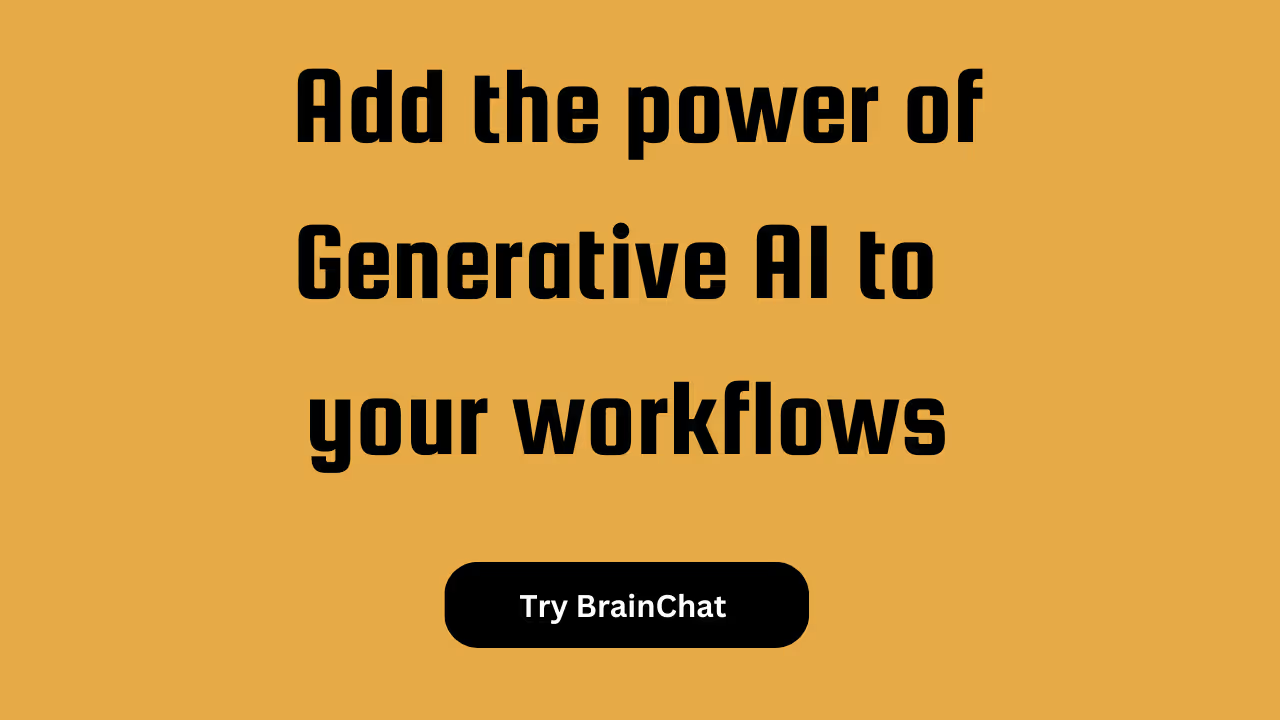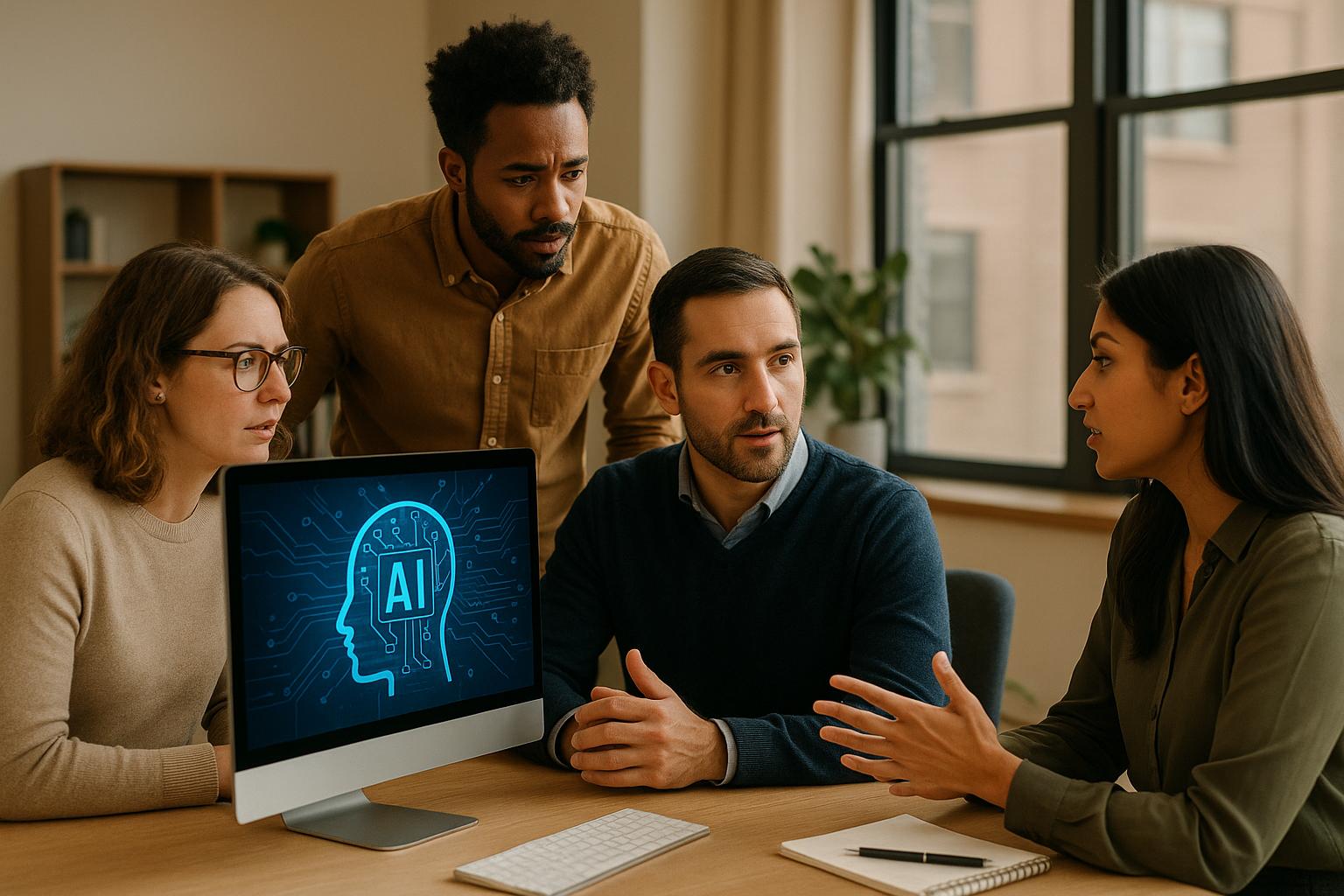
How to Best Use ChatGPT at Work

In the modern workplace, technology plays a pivotal role in enhancing productivity and streamlining operations. Among the latest advancements in artificial intelligence, ChatGPT, an AI language model developed by OpenAI, has emerged as a powerful tool that can revolutionize the way we work. This article delves into how to effectively use ChatGPT at work, exploring its key applications, benefits, and considerations to help you make the most of this innovative technology.
Understanding ChatGPT
ChatGPT is an advanced conversational AI that can understand and generate human-like text based on the input it receives. Built upon the GPT-4 architecture, it is designed to assist with a wide range of tasks, from answering questions and drafting emails to providing detailed explanations and brainstorming ideas. Its ability to process and generate text makes it a valuable asset in various professional settings.

Key Applications of ChatGPT in the Workplace
Incorporating ChatGPT into your daily work routine can offer numerous benefits across different functions and industries. Here are some key applications:
1. Customer Support and Service
ChatGPT can handle customer inquiries efficiently by providing instant responses to common questions. It can be integrated into chatbots on websites or social media platforms to offer 24/7 support, reducing the workload on human customer service representatives and ensuring customers receive timely assistance.
2. Content Creation
From drafting blog posts and articles to generating social media content and marketing materials, ChatGPT can help produce high-quality text quickly. Its ability to maintain consistent tone and style makes it particularly useful for content creators looking to scale their output without compromising on quality.
3. Email Management
Managing emails can be overwhelming, but ChatGPT can assist in drafting, organizing, and prioritizing messages. Whether it's responding to routine inquiries, summarizing long threads, or creating follow-up emails, ChatGPT can save time and ensure professional communication.
4. Data Analysis and Reporting
ChatGPT can summarize data, generate reports, and provide insights based on input data. By interpreting complex information and presenting it in a clear, concise manner, it helps professionals make informed decisions without getting bogged down in details.
5. Meeting Assistance
Taking minutes during meetings and summarizing key points can be tedious. ChatGPT can transcribe conversations, highlight important information, and generate concise summaries, allowing participants to focus on discussion rather than note-taking.
Benefits of Using ChatGPT at Work
Leveraging ChatGPT in the workplace offers several advantages:
1. Increased Efficiency
By automating routine and time-consuming tasks, ChatGPT allows employees to focus on more strategic and creative work. This boosts overall productivity and enables faster completion of projects.
2. Enhanced Accuracy
ChatGPT’s ability to process large amounts of information accurately minimizes the risk of errors, particularly in tasks like data analysis and reporting. This ensures high-quality output and reliable results.
3. Cost Savings
Integrating ChatGPT into customer support and content creation can reduce labor costs by handling tasks that would otherwise require additional personnel. This is particularly beneficial for small businesses with limited resources.
4. Improved Customer Satisfaction
With instant and accurate responses to customer queries, ChatGPT enhances the customer experience. By providing 24/7 support and reducing wait times, it helps build trust and loyalty among customers.
5. Support for Remote Work
As remote work becomes more prevalent, ChatGPT can bridge communication gaps and provide consistent support regardless of time zones or locations. This fosters collaboration and ensures seamless operations.
Best Practices for Using ChatGPT at Work
To maximize the benefits of ChatGPT, it’s essential to follow best practices that ensure its effective and ethical use:
1. Define Clear Objectives
Before implementing ChatGPT, identify the specific tasks and goals you want to achieve. Whether it’s improving customer service, streamlining content creation, or enhancing internal communication, having clear objectives will guide its deployment and measure its impact.
2. Train and Customize
While ChatGPT is designed to be versatile, customizing it to align with your organization’s tone, style, and guidelines is crucial. Train the model with relevant data and examples to ensure it generates content that meets your standards.
3. Maintain Human Oversight
Despite its capabilities, ChatGPT should not replace human oversight. Regularly review its outputs for accuracy and appropriateness, particularly in customer interactions and sensitive communications. Human supervision ensures a high level of quality and addresses any potential errors or biases.
4. Ensure Data Privacy
When using ChatGPT for tasks involving sensitive information, such as customer inquiries or internal communications, prioritize data privacy. Implement measures to protect confidential data and comply with relevant regulations to prevent breaches or misuse.
5. Monitor Performance
Continuously monitor ChatGPT’s performance and gather feedback from users and stakeholders. Analyze its effectiveness in achieving the set objectives and make necessary adjustments to optimize its use over time.
6. Foster Collaboration
Encourage collaboration between employees and ChatGPT. Employees can provide valuable input, guide the AI’s learning process, and utilize its outputs as a starting point for further development. This synergy ensures that ChatGPT complements human efforts rather than replacing them.
Overcoming Challenges and Limitations
While ChatGPT offers significant benefits, it also presents certain challenges that need to be addressed:
1. Contextual Understanding
One limitation of ChatGPT is its difficulty in understanding context in complex situations. It may generate responses that seem appropriate on the surface but lack deeper contextual relevance. Continuous fine-tuning and providing clear, detailed inputs can help mitigate this issue.
2. Potential Bias
AI models like ChatGPT can inadvertently reflect biases present in their training data. It’s crucial to monitor for biased outputs and implement measures to minimize such occurrences. Regularly updating the training data and incorporating diverse perspectives can help reduce bias.
3. Dependence on Quality Input
The quality of ChatGPT’s outputs heavily depends on the quality of the input it receives. Vague or ambiguous queries can lead to irrelevant or inaccurate responses. Providing clear, concise, and specific inputs enhances the model’s performance.
4. Ethical Considerations
Using AI responsibly requires addressing ethical concerns. Avoid using ChatGPT to impersonate humans or deceive others. Clearly disclose when an AI is involved in communication and prioritize transparency and honesty in all interactions.
The Future of ChatGPT in the Workplace
As technology continues to evolve, the potential applications of ChatGPT in the workplace are likely to expand. Future developments may include:
1. Enhanced Conversational Abilities
Advancements in AI research will further improve ChatGPT’s conversational abilities, enabling it to understand and respond to more nuanced and complex queries with greater accuracy.
2. Integration with Other Technologies
Integrating ChatGPT with other technologies, such as augmented reality (AR) and virtual reality (VR), can create immersive and interactive experiences for training, collaboration, and customer engagement.
3. Industry-Specific Solutions
Tailoring ChatGPT for specific industries, such as healthcare, finance, or legal, will enhance its relevance and utility. Industry-specific training and customization will enable ChatGPT to handle specialized tasks and provide expert-level assistance.
4. Greater Personalization
Future iterations of ChatGPT may offer more personalized interactions by learning individual preferences and providing tailored responses. This could lead to more meaningful and productive engagements with users.
5. Collaborative AI Systems
Collaboration between different AI models and systems will enhance their collective capabilities. ChatGPT could work alongside other AI tools to provide comprehensive solutions, such as integrating with project management software for seamless task tracking and reporting.
Conclusion
ChatGPT represents a significant advancement in artificial intelligence, offering a wide range of applications and benefits in the workplace. By defining clear objectives, customizing its use, and maintaining human oversight, organizations can harness its potential while addressing challenges and ethical considerations. As technology advances, the future promises even more innovative and tailored solutions, making ChatGPT an indispensable tool for enhancing productivity, efficiency, and collaboration in the modern workplace. Embracing this AI technology can empower employees, improve customer satisfaction, and drive business success in an increasingly digital world.
Turbocharge your team with BrainChat AI
Teams using BrainChat report a 40% boost in task completion speed. Imagine what your team could achieve.
%20(1).png)



